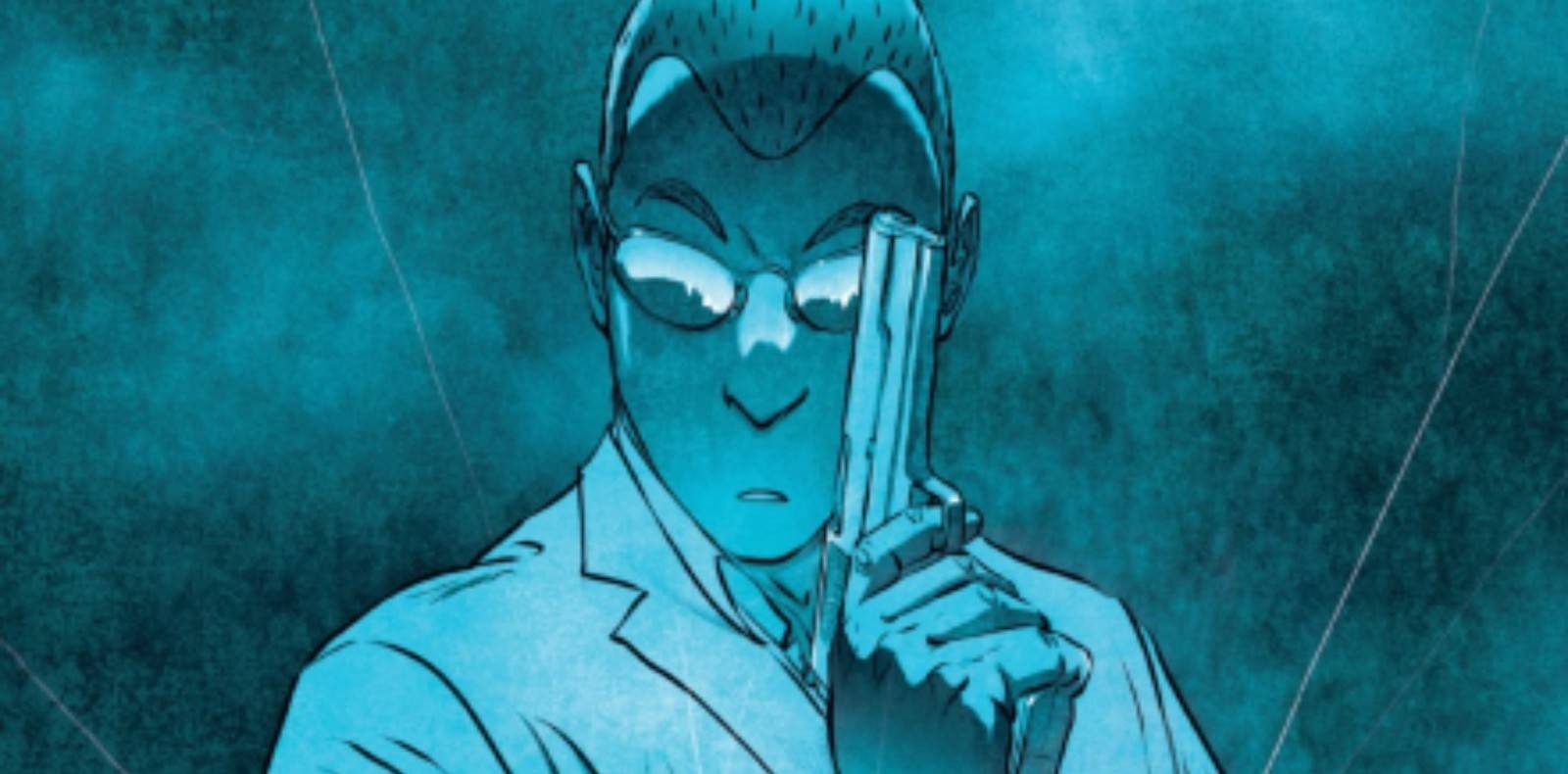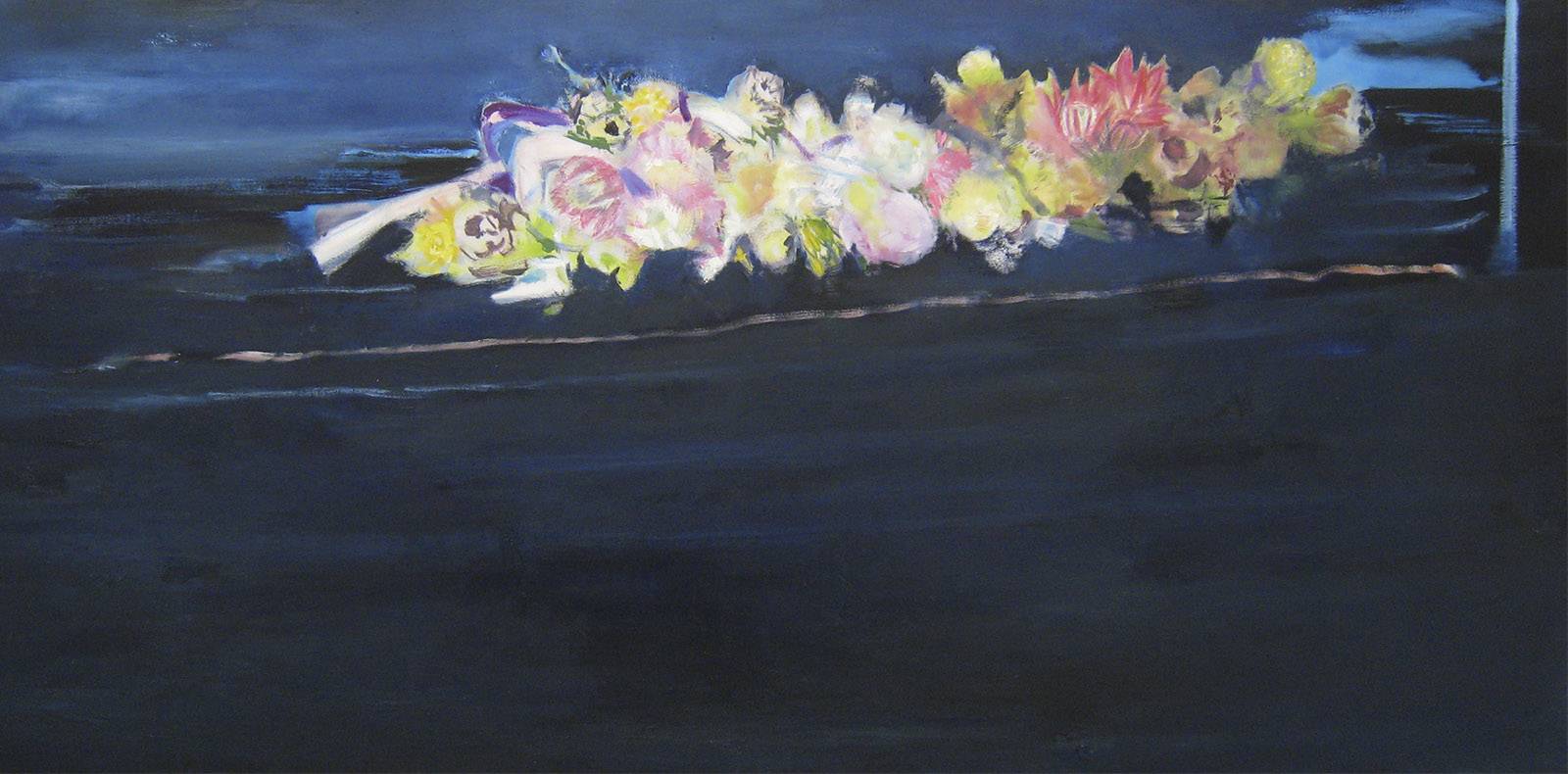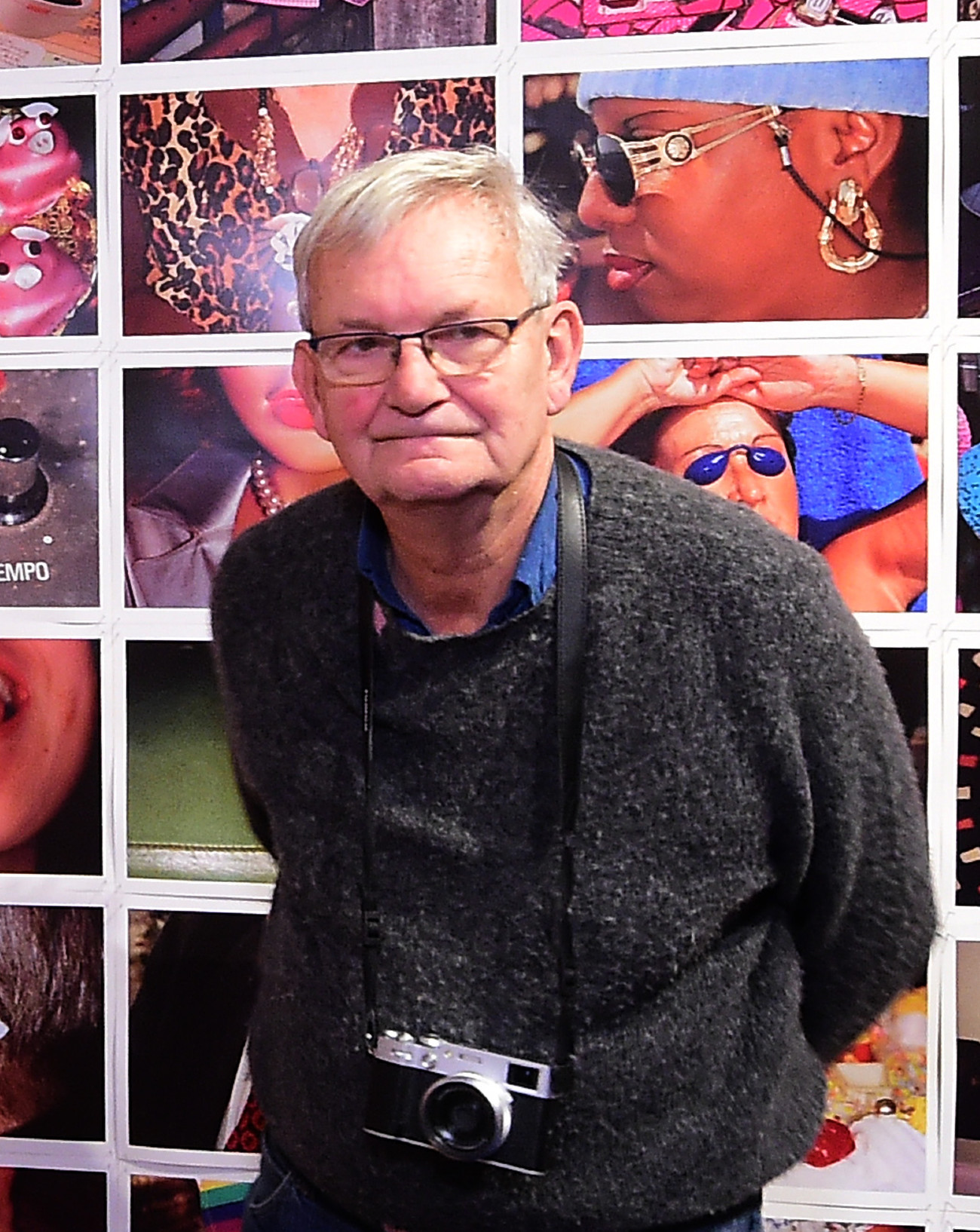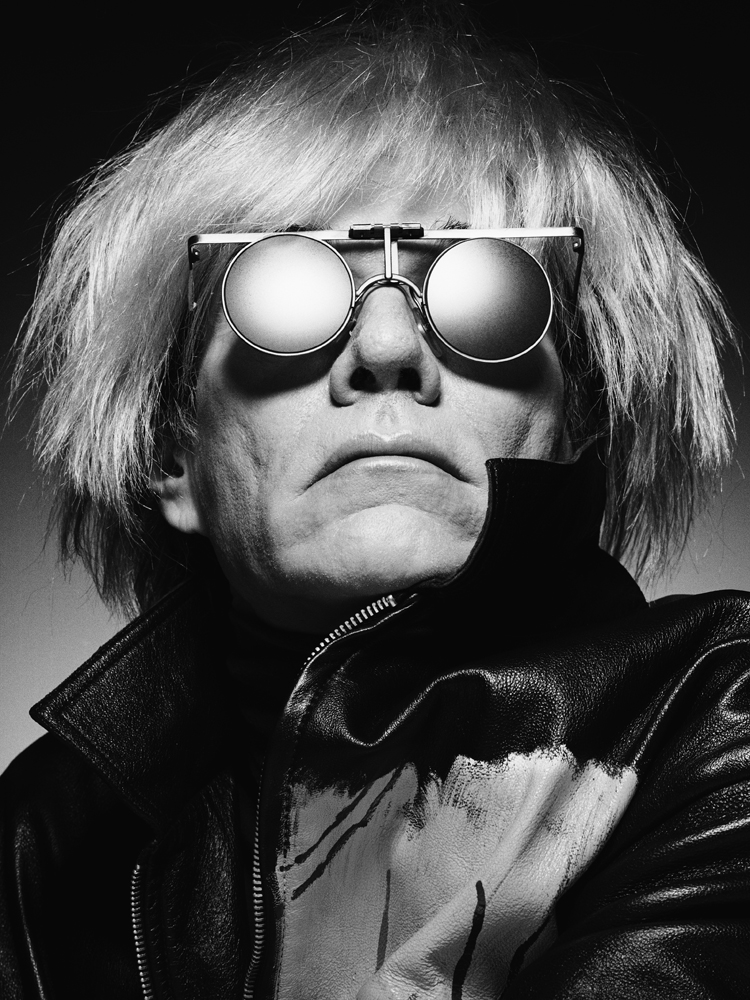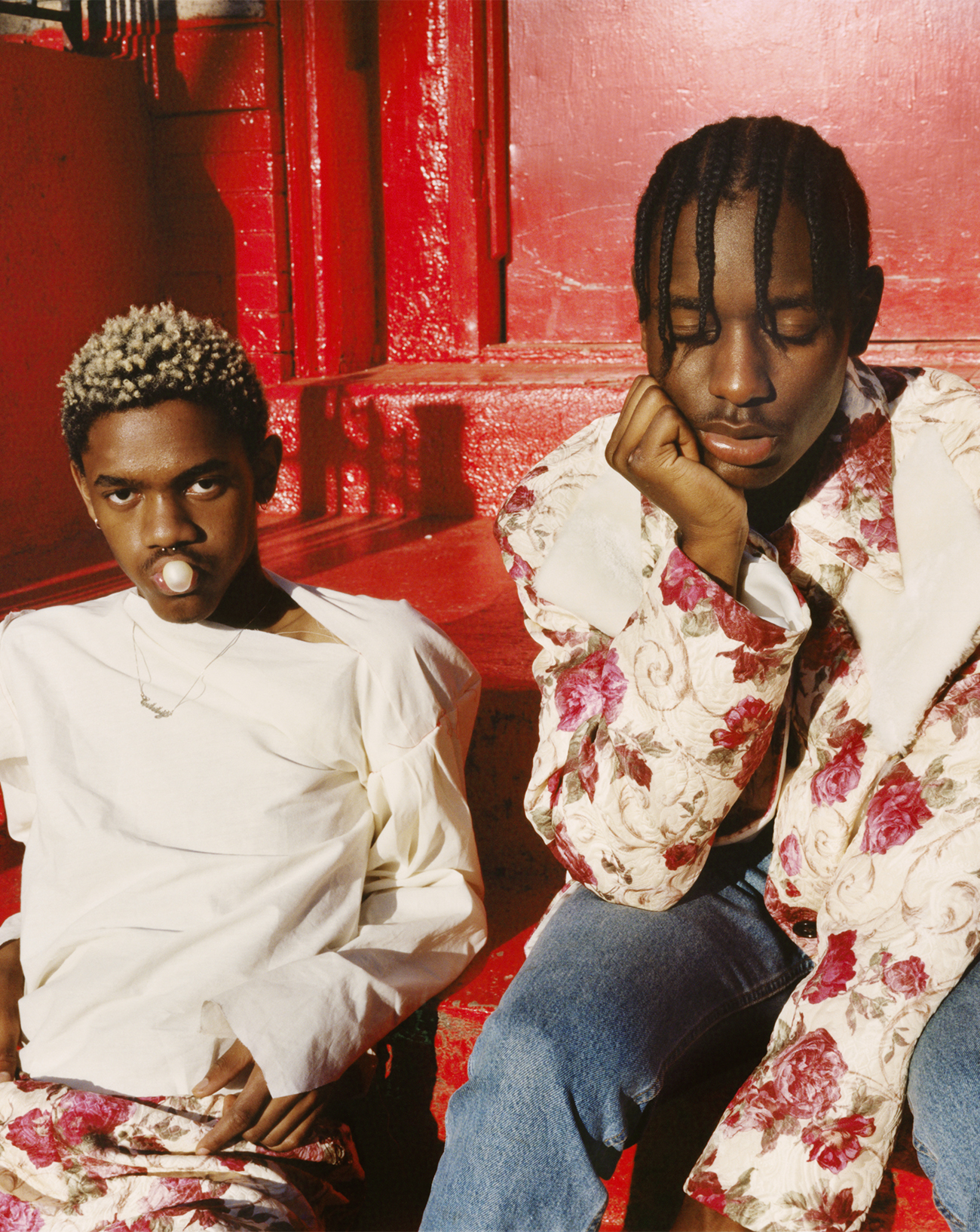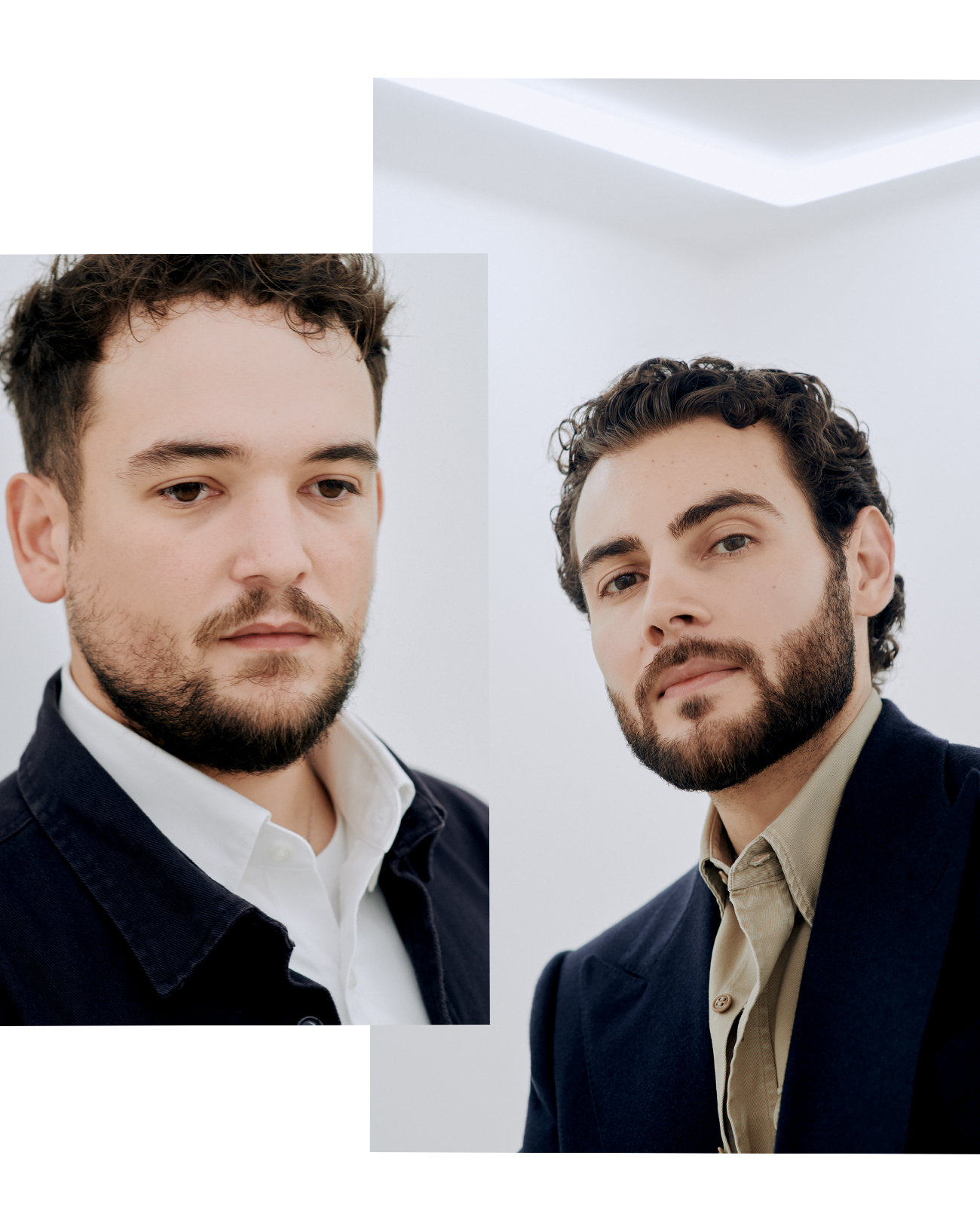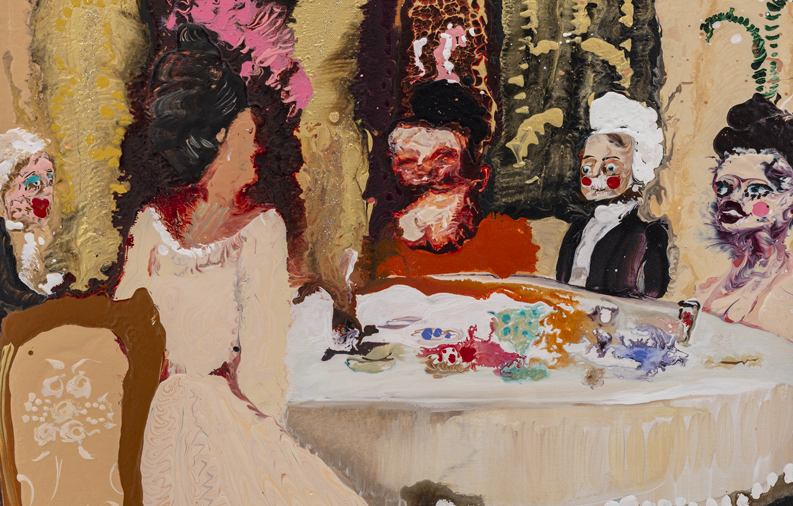
11

11
Why are Genieve Figgis’s paintings on the aristocracy causing a sensation?
Brought up in a 1970s Ireland dominated by the Catholic church, Genieve Figgis paints royals and aristocrats using a very particular technique that mixes figuration and abstraction. In Venice, in a palace overlooking the lagoon, this devotee of court portraits has put together an exhibition of new works in which she audaciously reinterprets classic subjects.
By Éric Troncy.
Published on 11 November 2024. Updated on 12 November 2024.
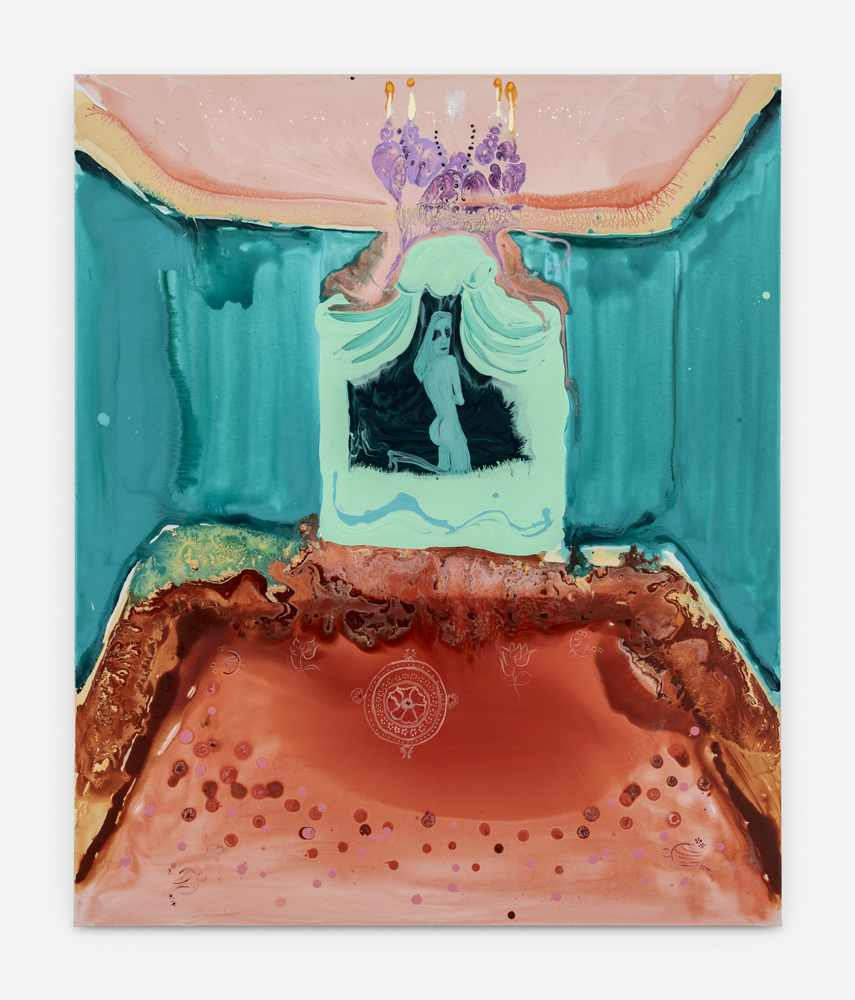
Genieve Figgis, the aristocracy revisited
For her Venice exhibition, which is on show until 1 December 2024, Genieve Figgis has chosen the intriguing title Unearthly Pursuits, and the dozen or so rooms in which it is displayed, in the 15th-century Palazzo Cavanis, seem as though they were built for her.
She’s also showing a number of works in Masquerade, Makeup, & Ensor, organized by Elisa De Wyngaert and open until 2 February 2025 at MoMu – Fashion Museum Antwerp, where she joins company with the artists James Ensor, Issy Wood, and Cindy Sherman as well as several fashion designers. Indeed it has been hard not to miss her work these past ten years, which is a good thing provided one appreciates the healthy dollop of unreason that gives her oeuvre such a particular colour.
One could say that her entire career is a raspberry blown at the times we live in, which she seems at once to betray and celebrate, since she does everything back to front, which is precisely what brought her success. There’s a definite “Figgis touch”, which one shouldn’t try to master for oneself but which makes one think, even meditate.
“The unknown has followed us everywhere. It leers and makes us feel a bit lost in the world. Life is a mystery: we need to figure out why we are here and what to do.”
Genieve Figgis
“My experience of growing up in Ireland in the 1970s felt like the Catholic Church had a lot of power and influence on every aspect of our lives,” the Dublin-born 52-year-old told Purple magazine in 2018. “There was usually a hidden and forbidden element to conversation and choices that we made. Sometimes in my work, I like to explore these forbidden topics. And the process can make the work look a bit unearthly in that it’s not a solid thing. The acrylic has a lot of water added and can be very loose and translucent at times. I love the unreliability of the material. The chance happening. The surprise element of painting.”
In another interview, she confided that “the horror of Jesus on the cross we were all made to look at, the martyrdom and sacrifice of the priests and nuns, and the hero-worship of bishops and popes all fell into my imagination.” For Figgis, an event that occurred before she was born played a decisive role in establishing her own history: “My mother was born in 1940s Dublin and was handed over to an orphanage. The unknown has followed us everywhere. It leers and makes us feel a bit lost in the world. Life is a mystery: we need to figure out why we are here and what to do.”
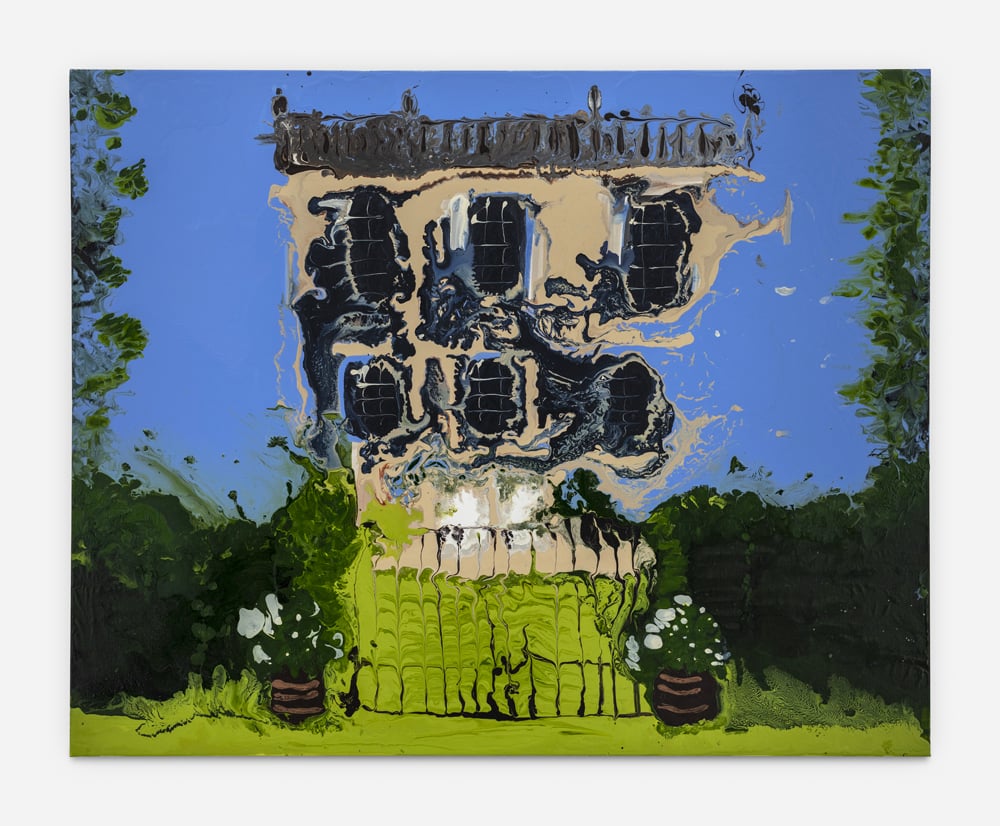
Paintings acclaimed by the critics
At first, Figgis concentrated on building a family – a husband, two children, two dogs, a cat. “Getting married was an escape route. The only doorway to freedom I could find. I was incredibly young and had no college degree or qualification. My husband was the same and we had common ideals about self-improvement and supported each other’s escape to a better future.”
Art school came later, in her early 30s: in 2006, she graduated with a BA in Fine Art from the Gorey School of Art in Wexford; in 2007, she was awarded a BA Hons from the National College of Art & Design in Dublin; and in 2012 she passed her MFA at the same institution.
“The royals and aristocrats in my painting are just like everyone else. They do, however, have much better costumes and work a bit harder in their environment.”
Genieve Figgis
By the time she hit 40, she had what it takes to start building an œuvre. A decade later, her body of work has been described in various ways: she “explores history and classical art through a spontaneously messy process of painting with globs and pours” (Purple); she “paints ghoulish portraits of aristocratic families, portraying high society as a spectacle of humour and horror” (Hyperallergic); and, by “using a technique of wet-on-wet with acrylic paints, the artist is able to create bold, melting abstractions and flowing blurs between her figures and their surroundings. Typically concerned with both historical and contemporary aristocracy, she renders her scenes clearly and with an indelible intricacy” (Elephant Magazine).
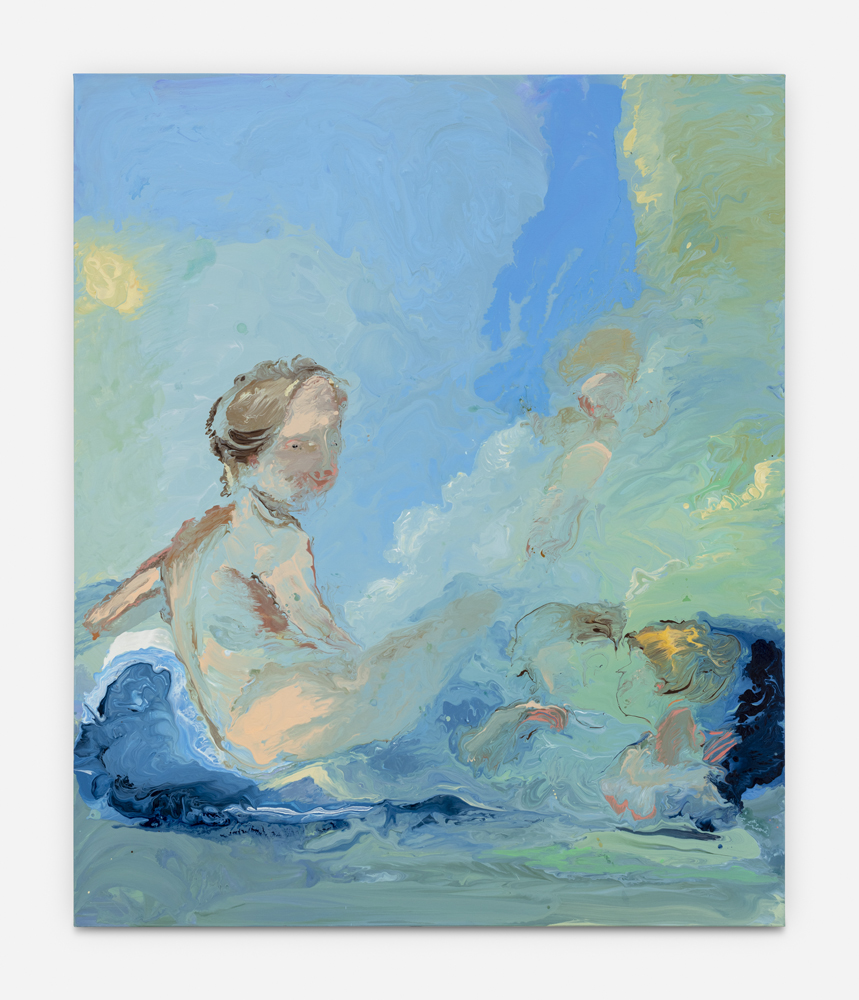
An avant-garde technique between figuration and abstraction
Naturally, the British royal family often looms large in her pictures. “The royals and aristocrats in my painting are just like everyone else. They do, however, have much better costumes and work a bit harder in their environment,” says Figgis, who captures ordinary moments of lives that are never really so ordinary.
She has a certain aplomb for reappropriating Boucher, Poussin, and Fragonard (Ah, Fragonard’s The Swing, which he started 20 times over!) and all sorts of other tropes from 18th-century France – indeed any standard of classical painting, which she submits less to the imperatives of her style than to her pictorial technique. It’s there where it all seems to happen, while the colours give the impression of organizing themselves on the canvas with perfect autonomy (you almost never see a brush-stroke), as though drops of paint had been left to do their own thing at the same place and time. Rarely, when looking at contemporary painting, does the question of “how” come through with such force.
Genieve Figgis“The painters I have admired in history were court painters (I am an unofficial portrait painter). I have given myself permission and it feels exciting to do the opposite of what people expect.”
This is because we all have in mind what such a technique might produce, and Figgis gives it form in a spectacular way. Her scenes, which are always figurative, even when colour seems almost to play a role of its own, explore every aspect of the pre-Rococo period, particularly when they depict the activities of aristocratic culture in a way that is at once romantic, idyllic, oneiric, and nightmarish.
The upper strata of society as a favourite subject
“The painters I have admired in history were court painters (I am an unofficial portrait painter). I have given myself permission and it feels exciting to do the opposite of what people expect,” she comments. “In the early days I was publishing online because I wanted to reach out and share with the world what I was making. I wanted to connect with other people, and I did not need any permission. I felt free to share what I was doing,” explains Figgis, who in 2012 received a charming message on what was then Twitter (now X) from the artist Richard Prince.
He congratulated her on her work and asked if he might acquire a painting – which he later did, choosing Lady in a Landscape with a Bird (2013). In 2014, Figgis published a book about her work, Making Love with the Devil: Paintings by Genieve Figgis, while her show that same year at New York’s Half Gallery is now considered the event that truly launched her. Writing in The New York Times, the critic Roberta Smith compared her to “Goya, Karen Kilimnik, and George Condo.”
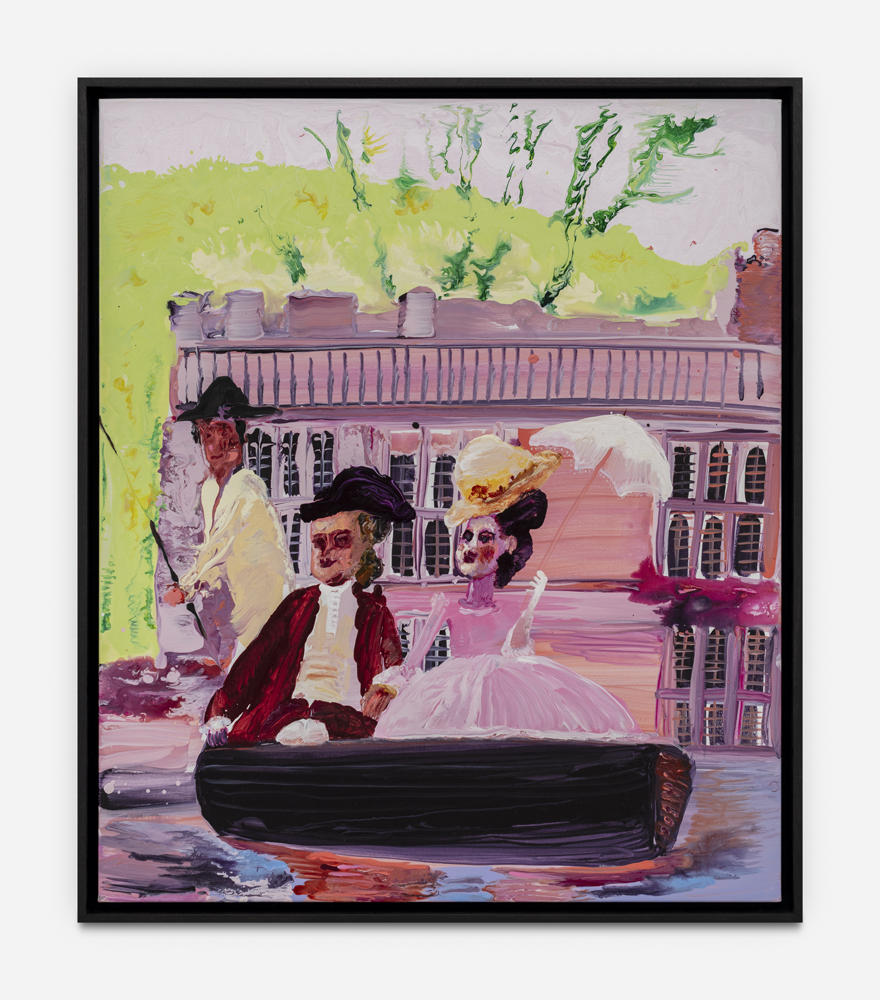
Almine Rech Gallery, the artist’s first supporter
The Almine Rech Gallery immediately believed in Figgis’s work and did all that was necessary to make it visible and, above all, desirable – against all expectations, that last part turned out to be the easiest. In her work, all mixed up like a broth simmering away, we find a dash of critique of contemporary capitalist society, a sprinkling of pictorial reminiscences from paintings we’ve seen in large museums, a bit of this and a bit of that, as well as a sharp awareness of social class. Nothing in the work seems direct; everything contorts, crumples, twists, and tangles, producing exactly the desired effect and hitting you right on the spot.
By portraying high society, Figgis actually portrays society in its entirety, since the high trickles down onto all the rest. Her groups of characters, whether dining or attending the theatre, out in the fields or visiting a museum, combine their hieratic presence with a large dose of the grotesque, showing without the slightest embarrassment the ridiculous side of being alive and the various strategies adopted to make that ridicule seem perfectly natural.
Genieve Figgis’s Venetian show
Comprising, with one exception, previously unseen new works, her Venetian show is definitely a decisive moment in the evolution of her œuvre. Shown in rooms overlooking the lagoon, each picture seems to be a manifesto, and each displays an extraordinary sense of composition (her perspectives are uncannily straight) and colour.
“My characters are always about survival. I paint people who are strong and colourful. I try to depict a universal world of exclusion.”
Genieve Figgis
Their subjects are Venetian (Figgis admitted to me that she was a little uneasy about showing Venetian subjects in Venice, pointing out that a Venetian painter who came to Ireland to show Irish subjects would no doubt be rather poorly received). We see gondoliers and people on gondolas, palaces hosting various social scenes, architecture, and above all a new attachment to conjuring up a situation by exploiting all the tricks offered by painting in general and her technique in particular.
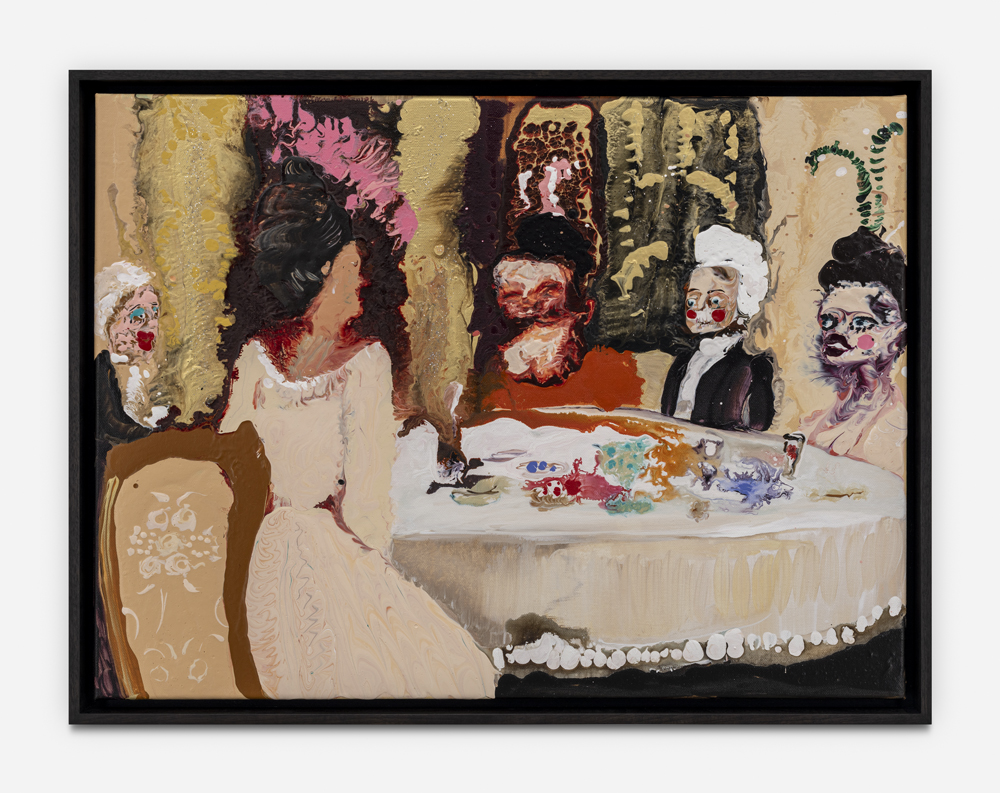
Constellations of dots and blobs seem to add up to a figure, secretly organizing themselves to make this or that part of a painting sparkle with pictorial joy. We are faced with scenes so perfect they leave us completely disarmed, and we have absolutely no choice but to let them triumph over us.
“My characters are always about survival. I paint people who are strong and colourful. I try to depict a universal world of exclusion,” she explains, before adding, “Painting is about pleasure. If it weren’t pleasurable, I wouldn’t do it.”
Genieve Figgis, “Unearthly Pursuits”, Palazzo Cavanis, Venice, until 1 December, alminerech.com.
“Masquerade, Makeup, & Ensor”, MoMu – Fashion Museum Antwerp, until 2 February 2025, momu.be.






